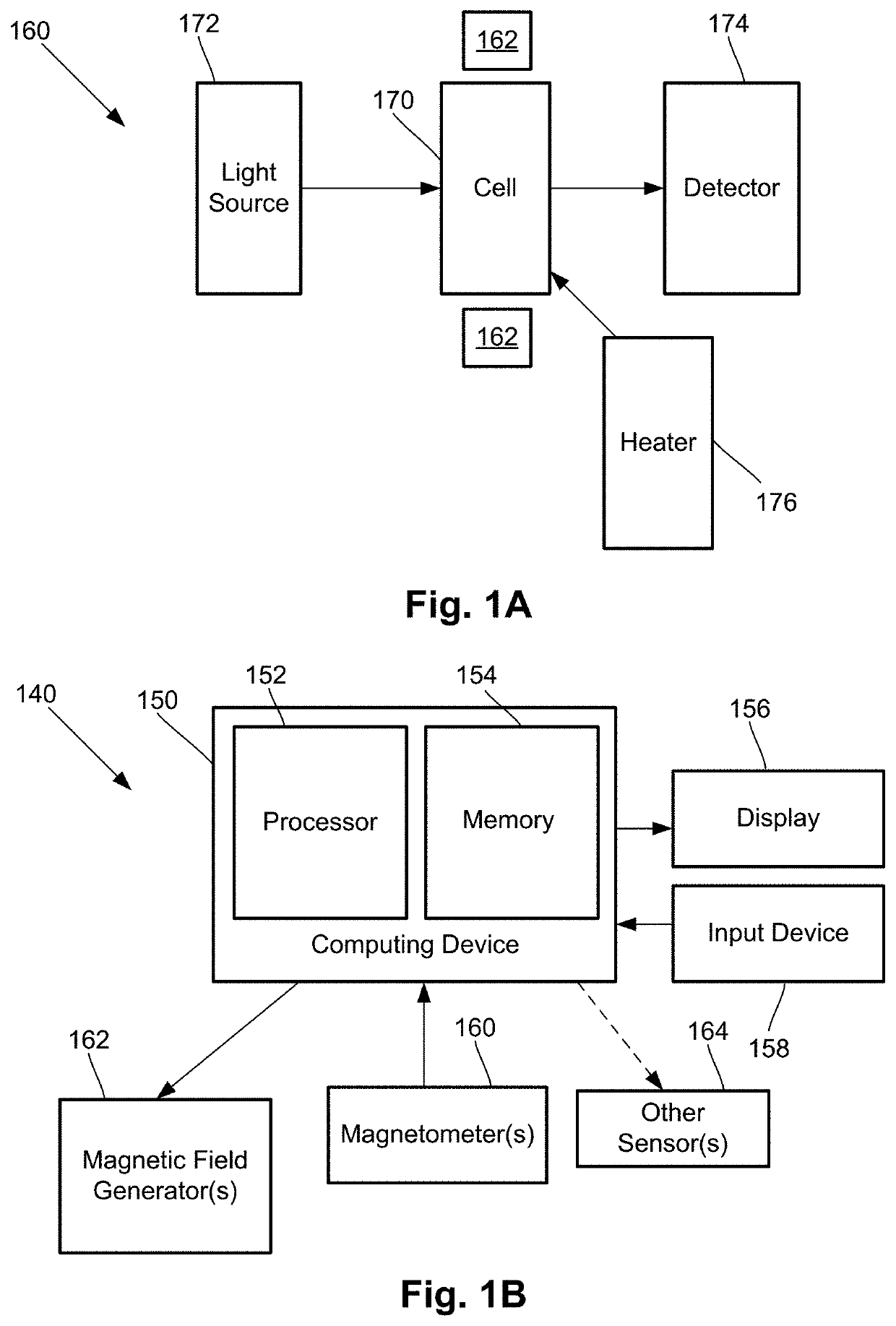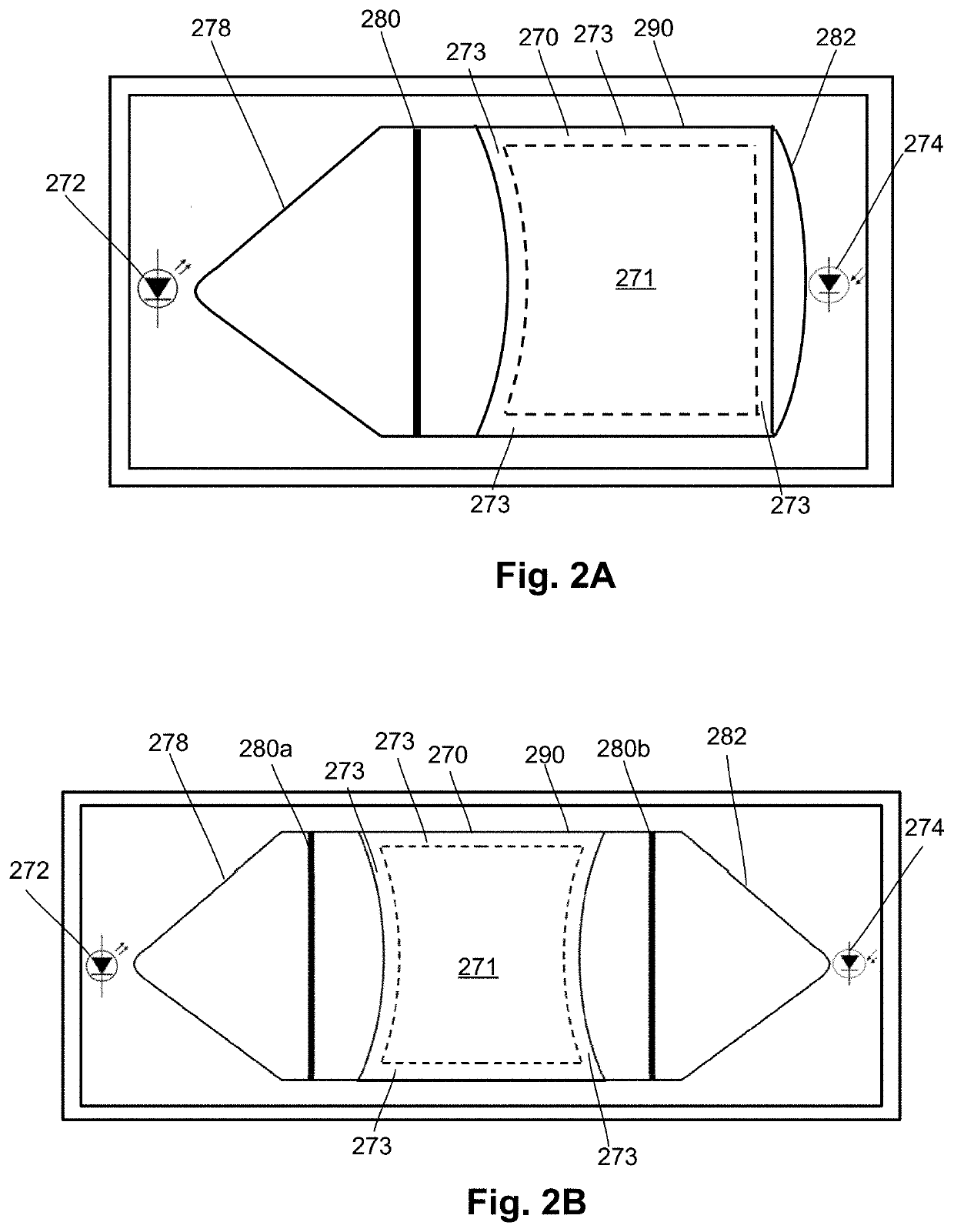Methods and systems using molecular glue for covalent bonding of solid substrates
- Summary
- Abstract
- Description
- Claims
- Application Information
AI Technical Summary
Benefits of technology
Problems solved by technology
Method used
Image
Examples
Embodiment Construction
[0021]The present disclosure is directed to the area of solid substrate bonding. The present disclosure is also directed to methods and systems for bonding solid substrates, as well as the articles or devices that include the bonded solid substrates.
[0022]In contrast to conventional anodic or fusion bonding techniques, a molecular glue can be used to bond two solid substrates together. As an example, the molecular glue, as described herein, is suitable for bonding two inorganic substrates, such as silicon, glass, or aluminum oxide substrates including corundum, ruby, and sapphire substrates. The two substrates may be made of the same material or may be made of different materials. For example, the molecular glue can be used to bond a sapphire substrate to another sapphire substrate or to a glass or silicon substrate. It will be recognized that the molecular glues described herein can be used with substrates other than sapphire, glass, or silicon.
[0023]Molecular glues include glue mo...
PUM
| Property | Measurement | Unit |
|---|---|---|
| Pressure | aaaaa | aaaaa |
| Heat | aaaaa | aaaaa |
Abstract
Description
Claims
Application Information
 Login to View More
Login to View More - R&D
- Intellectual Property
- Life Sciences
- Materials
- Tech Scout
- Unparalleled Data Quality
- Higher Quality Content
- 60% Fewer Hallucinations
Browse by: Latest US Patents, China's latest patents, Technical Efficacy Thesaurus, Application Domain, Technology Topic, Popular Technical Reports.
© 2025 PatSnap. All rights reserved.Legal|Privacy policy|Modern Slavery Act Transparency Statement|Sitemap|About US| Contact US: help@patsnap.com



